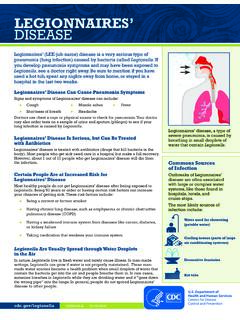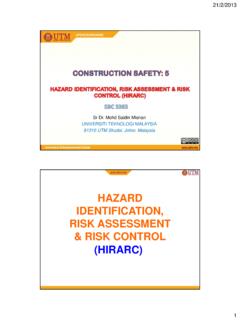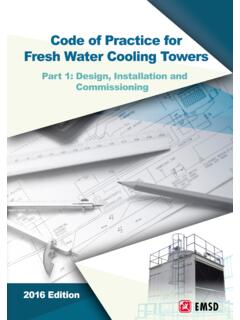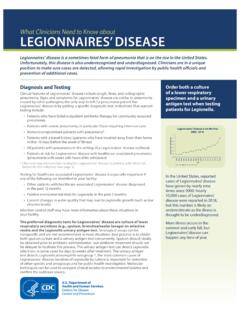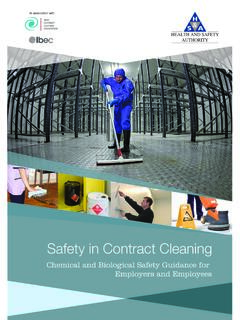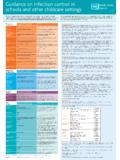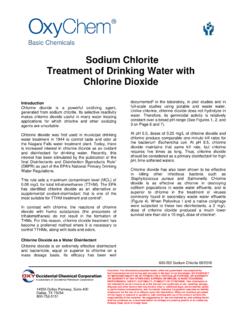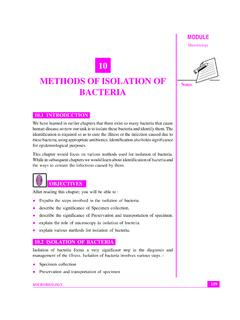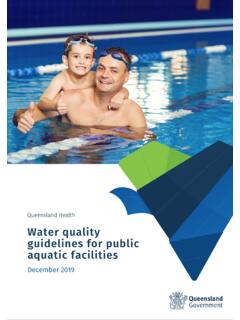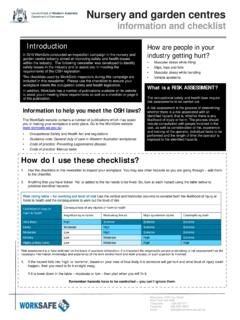Control Of Legionella Bacteria
Found 10 free book(s)Legionnaires’ Disease - Centers for Disease Control and ...
www.cdc.govJul 18, 2016 · settings, Legionella can grow if water is not properly maintained. These man-made water sources become a health problem when small droplets of water that contain the bacteria get into the air and people breathe them in. In rare cases, someone breathes in Legionella while they are drinking water and it “goes down the wrong pipe” into the lungs.
HAZARD IDENTIFICATION, RISK ASSESSMENT & RISK …
ocw.utm.mySection 5 : Risk Control Approach Content . 21/2/2013 3 OSH-MS (MS 1722:2003) • Policy • Organizing • Planning And Implementation ... Bacteria – Legionella Viruses – Influenza, HIV, Hepatitis Yeast – Cryptococcus Fungi – Tineas Parasites – Ticks, Gardia,
CODE OF PRACTICE - EMSD
www.emsd.gov.hk: The number of viable units of bacteria per millilitre of water sample. It is also known as Total Bacteria Count (TBC), Total Plate Count or Viable Bacteria Count. Legionnaires’ disease: It is a type of bacterial pneumonia caused by legionella. Medical and health care premises: Hospitals, general clinics, specialist clinics; community support
What Clinicians Need to Know about Legionnaires’ Disease
www.cdc.govFeb 24, 2020 · Legionella. bacteria. There are at least 60 different species of . Legionella, and most are considered capable of causing disease. However, most disease is caused by . L. pneumophila, particularly serogroup 1. Transmission. While . Legionella. is found in natural, freshwater environments, it can become a health
In association with - Health and Safety Authority
www.hsa.ieLegionnaire’s disease (Legionella) Some people can be infected with the Legionella bacteria and have only mild symptoms or no illness at all. Legionnaire's disease occurs in temperatures between 25 and 45 °C with an optimum around 35 °C. Infection normally occurs after inhaling an aerosol (fine airborne particles) containing Legionella ...
Guidance on infection control in schools and other ...
www.publichealth.hscni.netbacteria Until recovered Hib and pneumococcal meningitis are preventable by vaccination. There is no reason to exclude siblings or other close contacts of a case. The Duty Room will give advice on any action needed Meningitis viral* None Milder illness. There is no reason to exclude siblings and other close contacts of a case. Contact tracing is
Sodium Chlorite Treatment of Drinking Water with Chlorine ...
www.oxy.comorganisms and Legionella bacteria. Under current regulations5, the disinfection treatment must be sufficient to ensure at least a 99.9 percent (3-log) removal and/or inactivation of Giardia lamblia cysts and 99.99 percent (4-log) removal and/or inactivation of enteric viruses. Disinfection is expressed as a CT
10 METHODS OF ISOLATION OF - National Institute of Open ...
nios.ac.inskin contaminants (bacteria inhabitants of normal skin). Fig. 10.1: Universal container. In contrast, many microbiological specimens are obtained from non-sterile sites e.g. vaginal or throat swabs, urine sample, stool sample. Such samples often contain bacteria of no clinical relevance in addition to possible pathogens,
Water quality guidelines for public aquatic facilities
www.health.qld.gov.auMicrobiological hazards that can cause illness in humans include viruses, bacteria, protozoa and fungi. In public aquatic facilities, microbiological hazards pose the greatest risk to public health because they can cause outbreaks of illness. Microbiological hazards are typically introduced int o aquatic facilities through the following sources:
Nursery and garden centres information and checklist
www.commerce.wa.gov.auLegionella longbeachae, which has been linked to most cases of Legionnnaires’ disease in WA, is commonly found in gardening soils, potting mix and mulches. The disease is usually caused by inhaling contaminated aerosols. To prevent exposure to …
